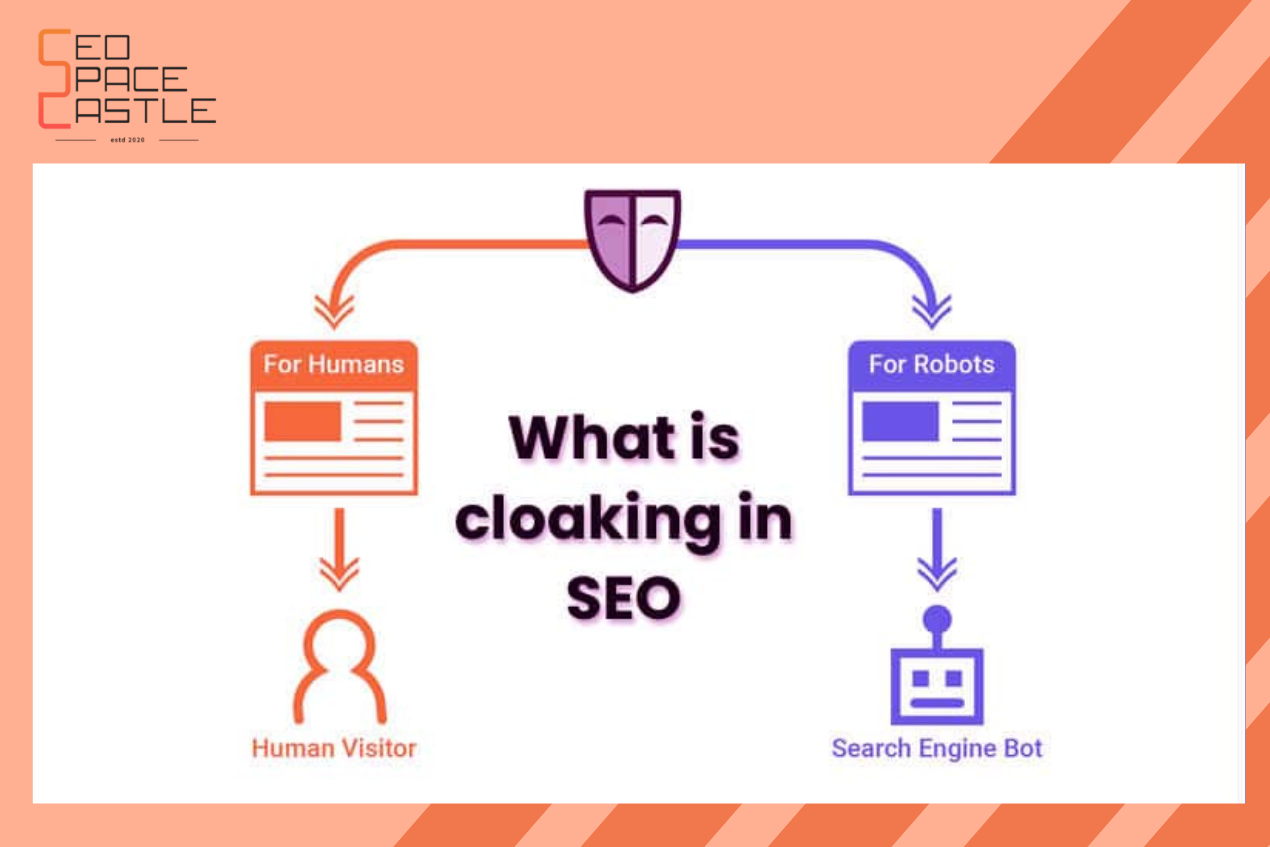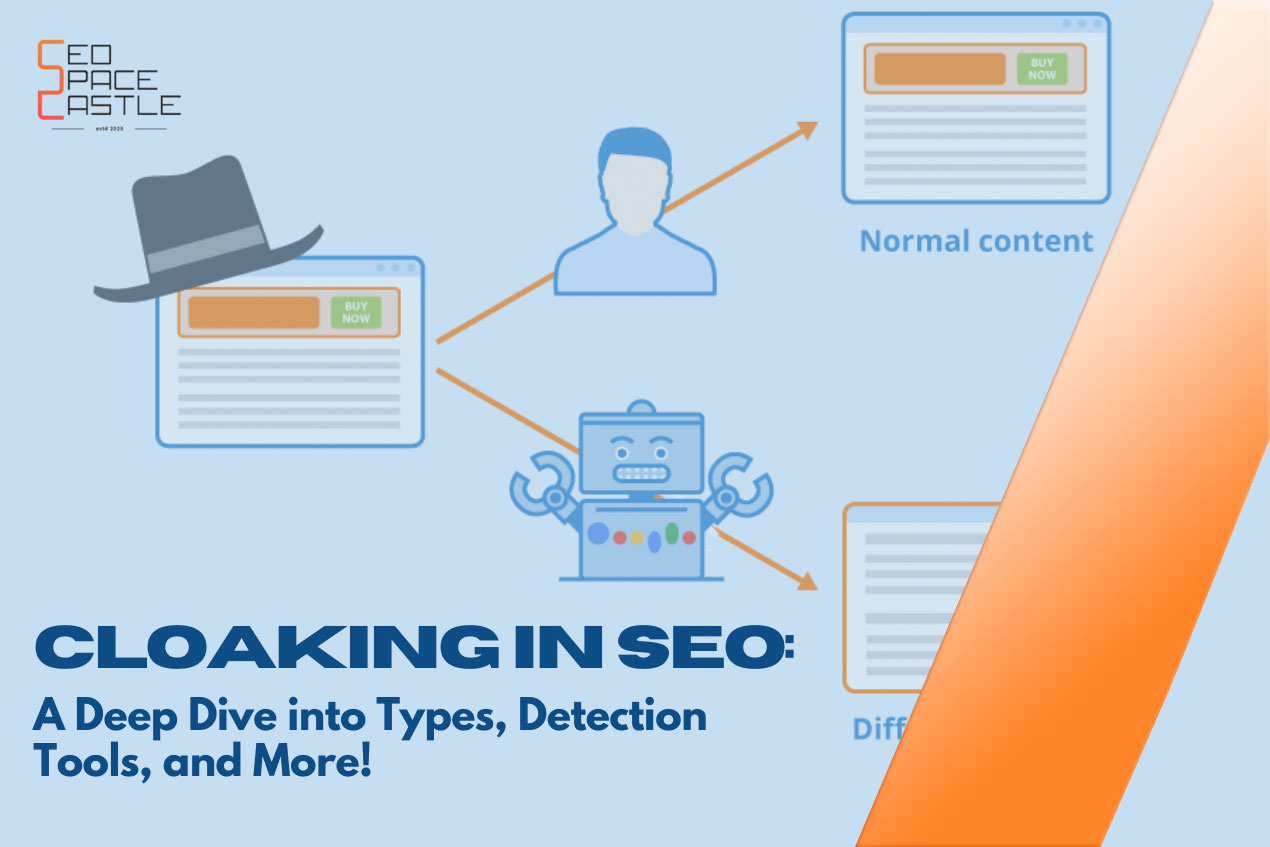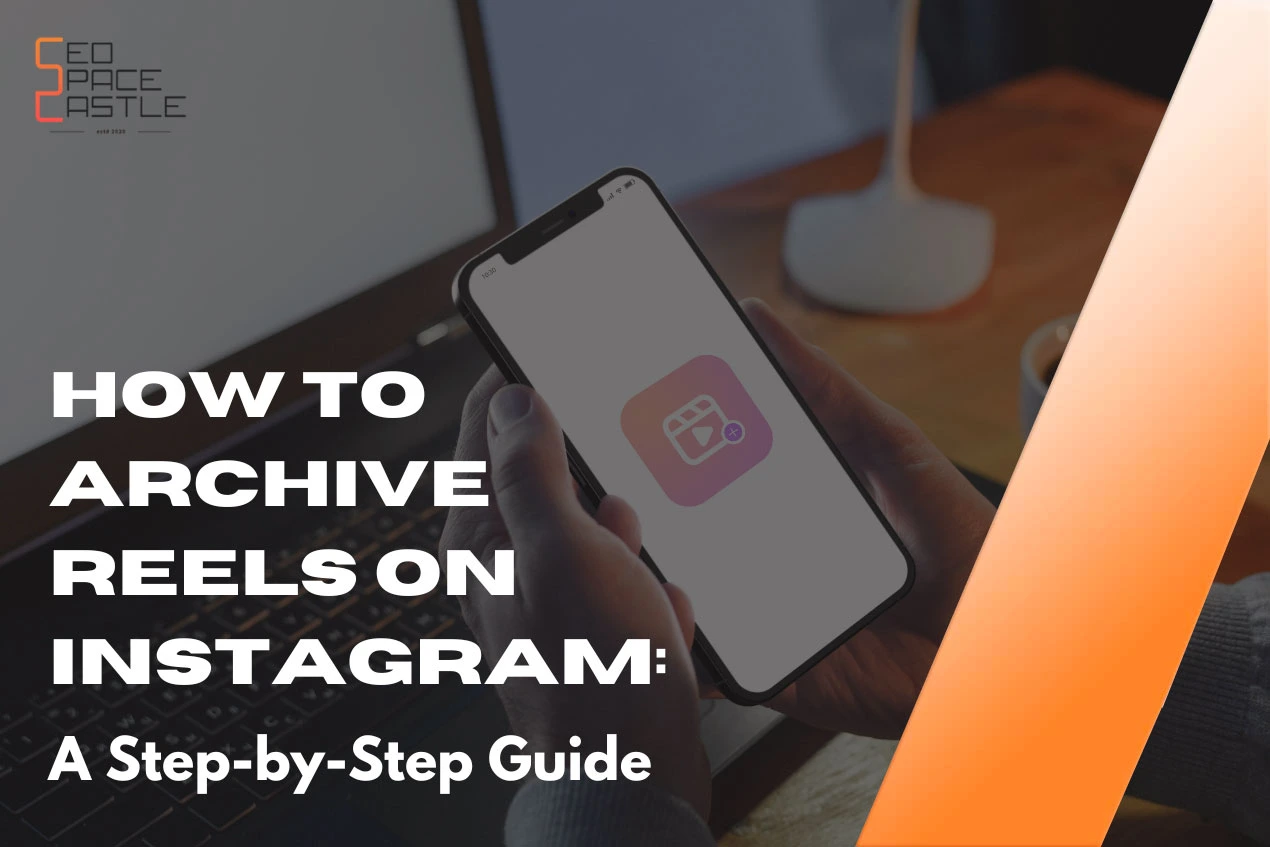Welcome to the mystical realm of cloaking in SEO, where the phrase "cloaking" resides. So, what does SEO cloaking actually mean? Imagine something that changes its appearance according to who is looking at it, similar to a digital chameleon. Let's now simplify it.
Cloaking is a black hat SEO technique that involves showing one thing to search engines and something quite different to site visitors. Users see something different from what search engines see, comparable to a hidden secret performance. Imagine a business that attracts you in with an eye-catching display, but as you get inside it tells another story. That's what website cloaking means: a misleading movement between what Google sees and what you see.
Remember the old saying, "Honesty is the best policy"? Well, it's not just for tea-time chats; it's the guiding star in the SEO universe. When you play by the rules, you're not just avoiding trouble; you're building a legacy.
Table of Contents
- Exploring the Concept of Cloaking
- Types of Cloaking
- Why Is Cloaking in SEO Not Recommended?
- What Are the Signs of a Cloaking Website?
- Conclusion
- Frequently Asked Questions
Exploring the Concept of Cloaking
Websites might use tricks to make themselves look good to search engines, aiming to get a top spot in search results. It's like having a secret entrance to a VIP party, but in this case, the party is the first page of search results.
1.) Black Hat Cloaking and Its Implications:
Now, let's talk about the not-so-nice side – black hat SEO cloaking. Tricks like displaying one version of your website to search engines and an entirely separate (typically spammy or useless) version to normal users are part of this. What was the outcome? Punishments, loss of trust, and maybe even getting kicked out of the digital world.
2.) Keyword Cloaking and Its Role in SEO
Now, let's focus on keyword cloaking. It's like dressing up your website's language to match what search engines like. This means showing specific words to search engines while using different words when people check your site. It's like talking in a secret code to get the attention of search engines.

Types of Cloaking:
Let's explore the various types of cloaking assumed in the world of search engine optimization.
1.) Search Engine Cloaking:
Consider this as the master of hiding places, where websites appear differently for normal people and search engines.
I) User-Agent Cloaking
User-agent cloaking involves delivering different content based on the user-agent string sent by a browser. Websites may present a version tailored for search engine crawlers, optimizing for higher rankings, while showing a different version to regular users.
II) IP based cloaking
IP-based cloaking revolves around delivering content based on the IP address of the user. This technique can be used to present different content to users from specific geographic locations, tailoring information to regional preferences or legal requirements.
III) JavaScript cloaking
JavaScript cloaking manipulates the rendering of a webpage using JavaScript, delivering altered content to users and search engines. This technique poses challenges for search engine crawlers, as they may not fully interpret dynamically generated content.
IV) HTTP_REFERER cloaking
This method involves examining the referring URL in the HTTP_REFERER header. Websites may present different content based on where the user is coming from, allowing for a personalized experience or targeted SEO strategies.
V) HTTP Accept-language header cloaking
Tailoring content based on the user's language preference, as indicated by the Accept-Language header in the HTTP request, falls under this type of cloaking. It aims to improve user experience by presenting content in the user's preferred language.
2.) PPC Cloaking:
PPC (Pay-Per-Click) advertising involves a different set of challenges and opportunities when it comes to cloaking techniques. Think of clicking on an ad for a limited-time discount. The website, using PPC cloaking, might show you exclusive offers that are not visible to visitors entering through other channels.
3.) Website Cloaking:
Website cloaking involves showing different content to search engines and users. It's like having a secret passage on your website that only search engines get to explore. In the realm of PPC advertising, website cloaking refers to presenting different landing pages to users and search engine crawlers. Advertisers may aim to optimize landing pages for higher quality scores or create a more appealing user experience.
4.) Email Cloaking:
Ever clicked on an email link and found the content to be different? That's email cloaking in action. It's the art of displaying varied content depending on where the email link takes you. It's like opening a treasure chest, but the contents change based on who's looking. Also, Email cloaking involves manipulating the content of emails sent to users who click on PPC ads. This practice can be used to enhance the relevance of the landing page or offer a personalized experience based on the user's interaction.
5.) Affiliate Marketing Cloaking:
Affiliate marketers sometimes use cloaking to hide those lengthy and complex affiliate URLs. It's like putting a pretty mask on a link, making it look more appealing and user-friendly. However, this practice can be against the terms of service of some affiliate programs and search engines. Like, you click on a link that looks like a regular part of the website, but behind the scenes, it's an affiliate link, redirecting you through a disguised route.
6.) VPN Cloaking:
VPN (Virtual Private Network) cloaking is about altering content based on whether the user is accessing the website through a VPN. This technique may be used to provide location-specific content or prevent certain types of fraudulent activities. Imagine accessing a website from different countries using a VPN. The website might show content tailored to the location you've chosen, due to VPN cloaking.
Why Is Cloaking in SEO Not Recommended?
Let's talk about why using Cloaking in SEO isn't a good idea. It's like taking a shortcut that might seem tempting, but it can lead to a lot of problems. So, why should you avoid cloaking in SEO?
I) Penalties on Websites
Cloaking is a direct violation of Search Engine Guidelines, and major search engines, including Google, take a firm stance against it. When search engines detect cloaking, they impose severe penalties on the offending websites. These penalties can range from a significant drop in rankings to complete removal from search engine results pages (SERPs). The impact of such penalties is not only immediate but can also have long-lasting effects on the overall performance and visibility of a website.
II) Your Website Could Be Blocked
Search engines invest heavily in providing users with relevant and trustworthy results. Cloaking disrupts this delicate balance by presenting misleading information to search engine crawlers. In response, search engines may take a decisive measure—blocking the website altogether. Being blocked by search engines not only eliminates organic traffic but also tarnishes the website's online presence. Rebuilding trust with search engines becomes a challenging task, making recovery a lengthy and uncertain process.
III) Harm to Your Reputation
Beyond the technical ramifications, cloaking can have detrimental effects on a website's reputation. Users expect transparency and authenticity when interacting with online content. Discovering that a website has engaged in cloaking erodes trust and raises questions about the credibility of the site. A damaged reputation can lead to a loss of user trust, reduced user engagement, and negative reviews, further diminishing the site's standing in the online community.
IV) Impact on Credibility and Ranking of Websites:
Credibility is a currency in the digital realm, and search engines prioritize delivering reliable results to users. Cloaking undermines this trust by manipulating the presentation of content. As a result, search engines may reevaluate the overall credibility of the website, impacting its ranking in SERPs. In an era where user experience and authenticity are paramount, the cost of compromising credibility through cloaking is simply too high.
What Are the Signs of a Cloaking Website?
Websites that cloak often leave subtle hints. One sign is when the content you see on a website is different from what search engines see. It's like a store changing its look only when certain people are watching. Another clue is when the website behaves differently depending on where the visitor comes from, like altering its appearance based on the path you entered from.
1.) Cloaking Detection Tools:
These are specialized tools designed to identify signs of cloaking. They work by comparing the content visible to search engines with what regular users see. Examples include online services that analyze and highlight discrepancies in website content.
I) Web Crawlers:
Web crawlers are like digital detectives that systematically navigate through a website's pages. They analyze the website's structure, content, and interactions. When discrepancies are found, it's a sign that cloaking might be at play.
II) User-Agent Switchers:
A user-agent is like a website visitor's digital ID card, indicating the type of device and browser being used. User-agent switchers help investigators view a website through the eyes of different user-agents, revealing if the website shows different content to different devices.
III) HTTP Header Checkers:
HTTP headers contain crucial information about a web page. Cloaking often involves manipulating these headers. Tools that check and compare HTTP headers can unveil irregularities that may indicate cloaking.
2.) Techniques for Detection:
Knowing how to identify Cloaking in SEO is crucial for users, webmasters, and search engines alike. Let’s explore the techniques to determine if a website is employing cloaking.
I) Code Analysis:
Digital detectives often dig into the website's code to uncover any hidden clues. They examine JavaScript and other scripting languages to understand how the website behaves dynamically. If the code is tailored to show different content to search engines, it's a red flag.
II) Cloaked URLs:
Inspecting the URLs of a website can provide valuable insights into potential cloaking. Cloaked URLs often differ from the visible ones presented to users. Tools and online services that analyze the structure of URLs can help identify any variations or anomalies that might suggest cloaking.
III) IP Address Tracking:
Websites might use IP-based cloaking, tailoring content based on a user's IP address. Detectives track these IP addresses to identify patterns or inconsistencies, revealing if certain users are shown different content.
IV) Referrer Analysis:
Cloaking can involve showing specific content based on the website a user came from (HTTP_REFERER). Investigators analyze referrer data to identify instances where the website changes its behavior based on the source of traffic.
V) User Interaction Testing:
Detectives mimic user interactions, such as clicking on links, filling out forms, or navigating through the site. If the website responds differently to these interactions compared to regular users, it's a sign of SEO cloaking.
Conclusion:
In the end, doubtful SEO strategies like cloaking aren't worth the problems they might bring about for a website. Search engines, led by giants like Google, emphasize transparency and consistency. Complying with their guidelines isn't just a rule; it's a strategic choice. Transparency ensures that the digital content we present aligns with both the expectations of search engines and the experiences of users. As we embark on this SEO expedition, let's carry with us the principles of ethical conduct, transparency, and authenticity. Moreover, read our full blog and create an effective SEO strategy.





















